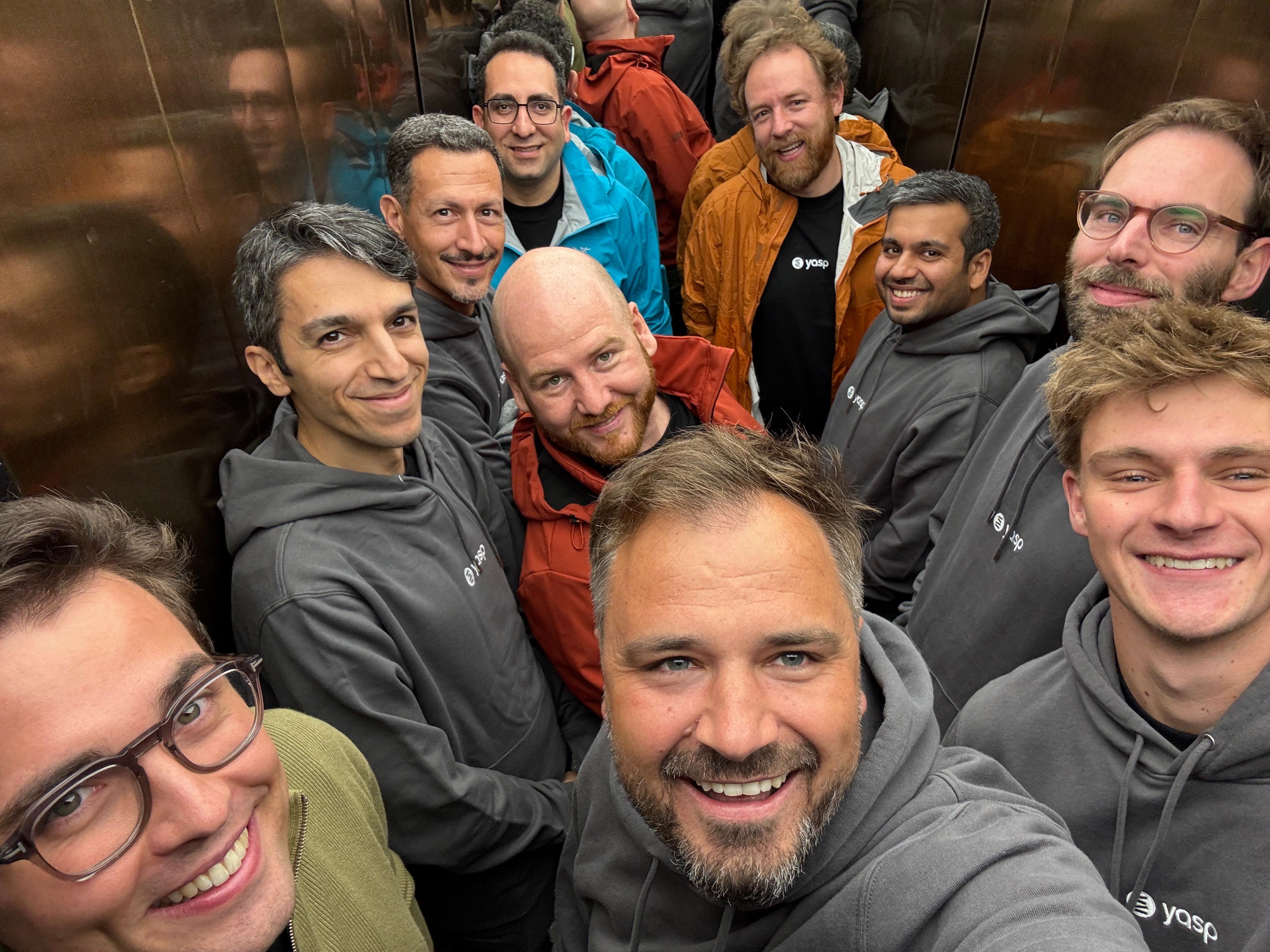What does the current funding environment look like?
The current market situation for valuations is often treated as a downturn (for early-stage companies), however, if you look at the development of the past years, it’s a correction and a return to more sensible valuations, e.g. pre the 2021 frenzy.
The chart below shows that the # of VC deals (US, Seed & Series A) has been fairly stable, whilst the deal value has constantly been growing, e.g. the average early-stage deal value was ~$4.3m in 2020 compared to ~$7.8m in 2022 - almost doubling the average ticket size within just 2 years.
You can get access to a PowerBi version of the data via EY by following this link.

However, the investment rounds did not just take in much more money, but with that of course also much higher valuations as you can see in the chart below. You can check out the chart (and the perspective for seed deals) and article here.

How does this affect your fundraising and what to be aware of
If you have raised money in the 2021/2022 period and benefited from the high valuations and now need to go out and raise, there is a possibility that you won’t achieve the desired valuation increase but are in fact facing a flat/down round. To avoid this, there are a few alternatives to the traditional funding round that might provide you with the time needed to grow into your valuation:
- See if your existing investors are willing to do a bridge round (early-stage funds reserve +/- 50% of their fund for follow-on investments — exceptions are pre-seed funds with a spray and pray model). Depending on the lifetime of the fund (funds usually have a 10 +/- year lifetime, the earlier in the lifetime, the more flexible the funds tend to be with cash).
- Seek alternative funding sources, e.g. look for government grants such as R&D financing programs (professional agencies such as getcouped can help you streamline the application process), or explore debt /revenue financing possibilities.
- If you still require traditional funding, be aware of the potential of a down-round, this will happen more often in the upcoming months.
You will hear this quite often over the past months: in the time of an economic downturn and higher cost of capital, profitability is key — you don’t need to become profitable straight away, but need to have a clear and executable plan that you can share with potential investors.
Cash efficiency KPIs such as the Rule of 40 (for Series B+), burn multiple, Net Dollar Retention, and CAC Payback period will rise in importance.
If the chance arises, and you are able to close a round (regardless if you need it right now) with good enough terms, strongly consider closing it — it is tough to predict how the next 12 months will develop and if the chance will present itself again (this of course only applies if you burn cash). On the other hand, if it is possible for you to stretch your runway into 2024 with your existing capital, you should strongly consider it.
Many new funds were raised and now need to deploy raised capital within a certain timeframe, as they are still withholding their cash they will need to deploy their capital later in a shorter time frame. As stated before, this will inevitably lead to a market recovery, most likely sometime within the next months. Venture funds usually work on a 3–4 year investment horizon during which they need to devest the money meant for initial investments, this means that at some point it will start raining again …
If you do go out into fundraising, plan the round ahead, with the additional pressure in the market, funds returned to a higher level of diligence and thus the fundraising process takes longer.
This means you should kick off the fundraising process at least 6 months before you run out of cash (better 9 months to give you some wiggle room). Initial DD can easily consume north of 8 weeks before a term sheet + 6 weeks of work on the contract and deeper DD (tech, financial, legal) until signing + 2 weeks until cash in the bank. You want to avoid financial pressure during fundraising as it will affect your position of negotiation.
In the end, if you have a healthy business (e.g. good economics and growth) as well as a defensible & relevant technology, you will receive funding and attractive valuations regardless of the environment.
This is part 1/4 of the summary of our fundraising workshop. Follow me and stay tuned for more, next up, part 2: How to find the right valuation?





.png)


.avif)


























.avif)


.avif)





















.avif)
.avif)

